The early cabbage harvest is ready for harvest in July. Some varieties ripen even earlier - in the second half of June. Early ripening vegetables are inferior in taste to late ripening varieties, but contain more vitamins. This type of cabbage is planted for consumption in the summer. It is added to salads and used for preparing first and second courses.
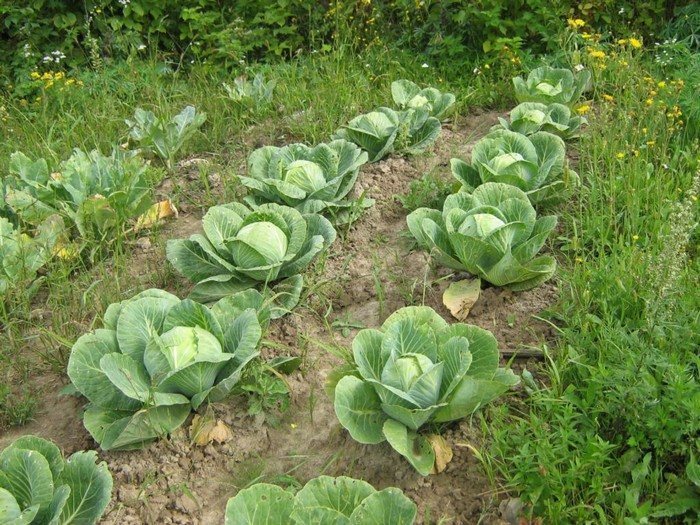
Features of early ripening cabbage
Early varieties produce small heads of cabbage with a loose structure. Because of this, the vegetable does not tolerate transportation and storage well. Early cabbage is also prone to cracking. But in the garden, the vegetable can easily withstand light frosts (down to -2 °C). Unfortunately, it will not be possible to ferment early cabbage, since after some time it will become soft. For fermentation, mid-late and late varieties are usually used.
Popular early ripening varieties
Traditional varieties of early cabbage were bred in the middle of the last century. They are still grown successfully today. The growing season of a vegetable can last from 75 to 105 days, depending on the variety. Not only varieties, but also hybrids are early.
"Gribovskaya 147"
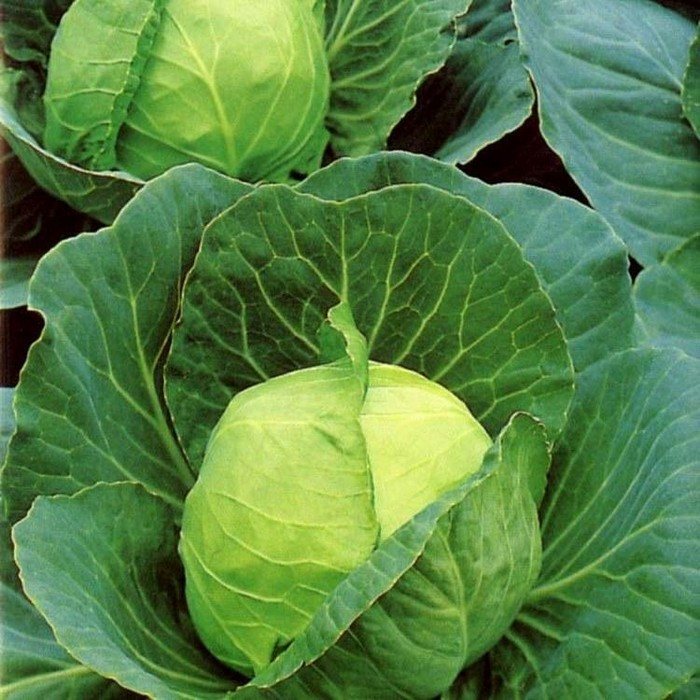
The variety was bred back in 1947 from two German hybrids. As a result of selection, cabbage has acquired resistance to adverse weather conditions, which allows it to be grown in any Russian region except the Far North. The ripening period for “Gribovskaya 147” is 100 days from the moment the seeds hatch.If you count from the date of planting seedlings in open ground, it takes 2 months to grow heads of cabbage.
The forks have a round shape and an average weight of up to 3 kg. The upper leaves are green in color and covered with a waxy coating. The cut of the heads of cabbage is white. The pulp of the vegetable is juicy and sweet. This variety is not afraid of cold weather, drought, or excess moisture. The vegetable is rich in carotene and vitamin C. The heads of cabbage ripen together and are almost the same size. From 1 sq. m receive up to 7 kg of vegetable products.
"June"
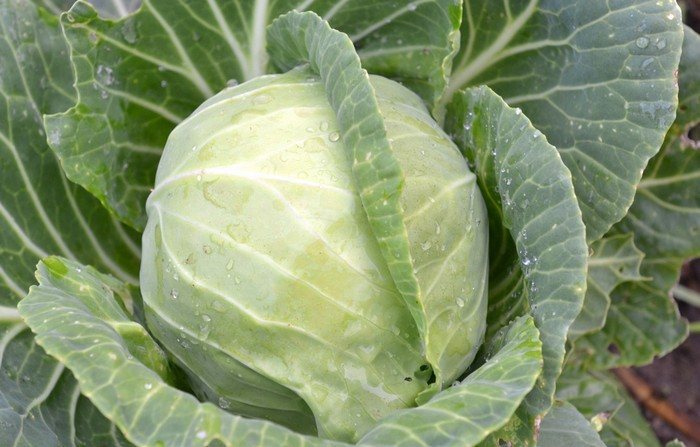
Traditional variety registered in the State Register in 1971. Recommended for cultivation throughout Russia. The ripening period for cabbage is 90-110 days. The vegetable forms a rosette with a diameter of 50 cm. The outer leaves are light green, medium-sized, with wavy edges and a waxy coating. The average weight of heads of cabbage is 2 kg. They have a flat-round shape and are also distinguished by increased density.
The pulp is tender, juicy, sweet. The harvest can be transported over long distances. An attractive presentation allows the products to be sold on the market. Disadvantages include a tendency to cracking, poor resistance to clubroot and cabbage flies, and intolerance to even short-term frosts. The variety is characterized by high yield: from 1 sq. m you can get 7 kg of vegetables.
"Golden Hectare"
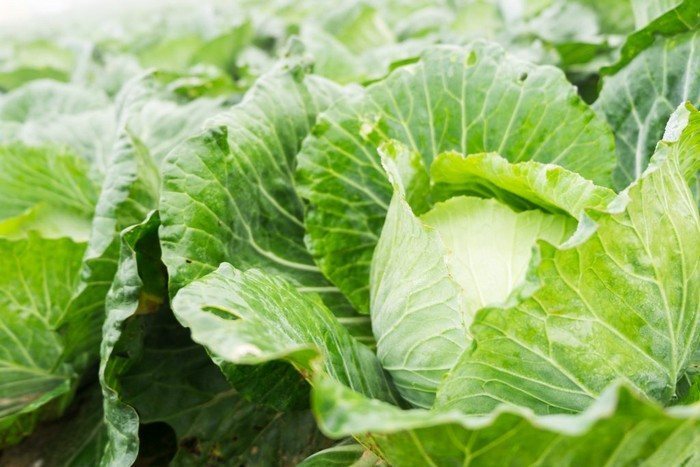
A traditional variety included in the State Register back in 1943. Russian gardeners still grow this cabbage in various regions. It takes 100 days for the vegetable to ripen (or 60 days from the moment the seedlings are planted). Plants form a compact rosette. The outer leaves are gray-green in color, sometimes wavy.
The average weight of heads of cabbage is 2.5 kg.The harvest ripens together. Density indicators are average. The vegetable is rich in vitamin C. This variety successfully resists most cabbage diseases, but often suffers from clubroot. Due to excess moisture, the heads of cabbage may crack. The variety tolerates short-term frosts and drought well. The harvest can be stored for a short time. From 1 sq. m get 5-6 kg of cabbage.
"The Ultra Early Miracle" (F1)
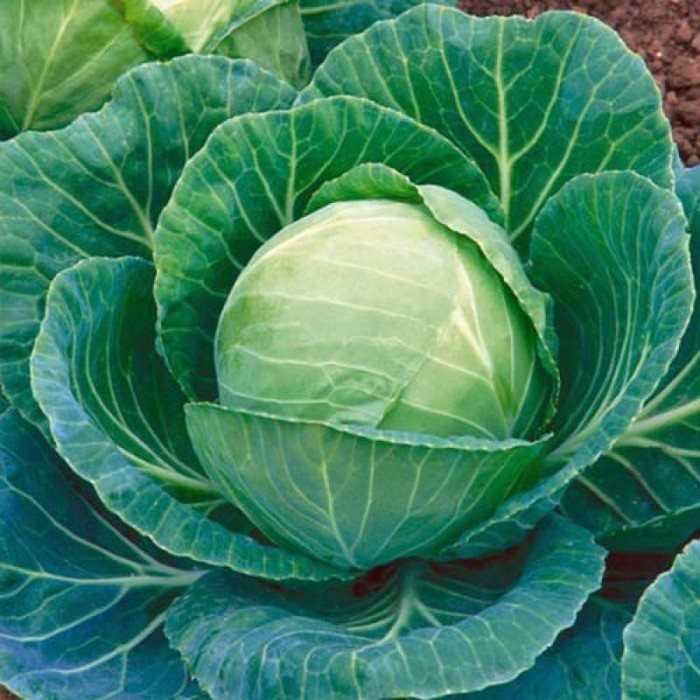
The ripening period of this cabbage is only 60-70 days. The vegetable forms a compact rosette with a height of only 40-50 cm and the same diameter. The upper leaves on cabbage are slightly wavy along the edges, with a waxy coating. Weight of heads of cabbage is 1.5-2 kg. They are characterized by a rounded shape. The forks have a medium density and a short stump. When cut, the head of cabbage is white or cream.
The taste of the vegetable is completely devoid of bitterness and pungency. The purpose of the variety is universal; cabbage can be eaten fresh and cooked. The hybrid is resistant to typical crop diseases and unfavorable weather. The vegetable can withstand light frosts and temperature changes. “Ultra-early miracle” needs regular watering. Productivity – 6-8 kg per 1 sq. m.
"Cossack" (F1)
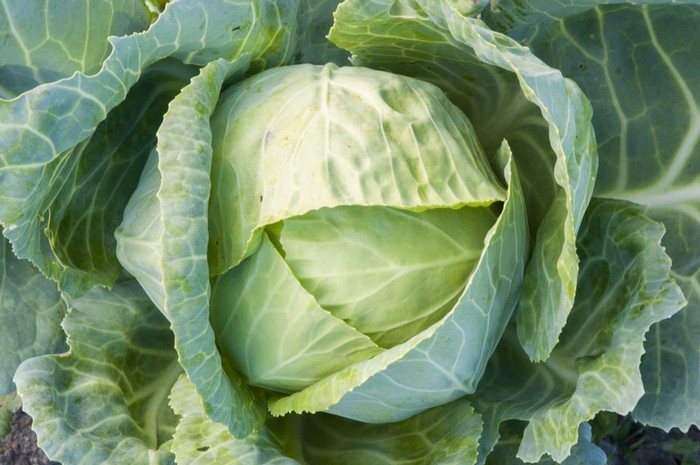
A hybrid of Russian selection, bred at the end of the last century. Cabbage is recommended for cultivation in all regions of Russia. The leaf rosette does not exceed 30 cm in height, its diameter is 70 cm. The upper leaves on the heads of cabbage are dark green, with slight waviness along the edges. The weight of the heads does not exceed 1 kg. The cut flesh has a creamy hue.
The vegetable is recommended for use in salads.The hybrid is not susceptible to bacteriosis, fusarium, and has average resistance to clubroot. Cabbage tolerates weak short-term frosts and can produce a good harvest even on poor soils. Heads of cabbage ripen together. What the variety does not tolerate is drought and lack of light. Cabbage yield is quite high - up to 5 kg per 1 sq. m.
"Express" (F1)
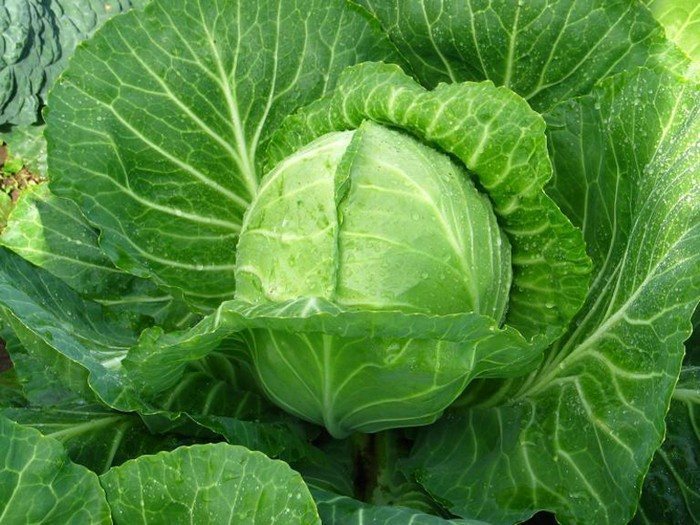
An early ripening hybrid of Ukrainian selection. It was registered in Russia in 2003. Cabbage can be grown in the central and northern regions. The growing season lasts from 60 to 95 days, depending on weather conditions. Ripe heads of cabbage have a round shape and medium density. On average, heads weigh 1 kg.
The pulp is white, tasty. The upper leaves are green, with a slight waxy coating. The crop ripens evenly. The heads have an excellent marketable appearance, so they can be grown for sale. Among the disadvantages, one can note the tendency to crack and insufficient growth of heads in unfavorable weather. From 1 sq. m of a bed, you can get up to 4 kg of vegetable products.
Early cabbage is a suitable vegetable for the summer table, enriching the diet with vitamins and fiber. In order for the harvest to match the description, the crop must be watered during drought and regularly fertilized. Ripening times are directly related to the weather and can change. The more warmth and sunny days, the earlier the heads will form. I like


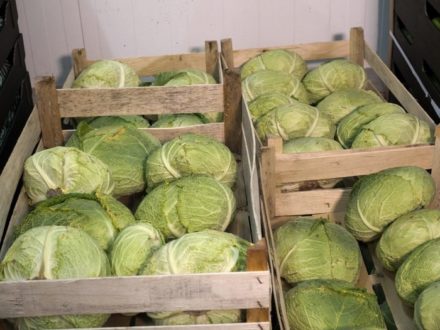
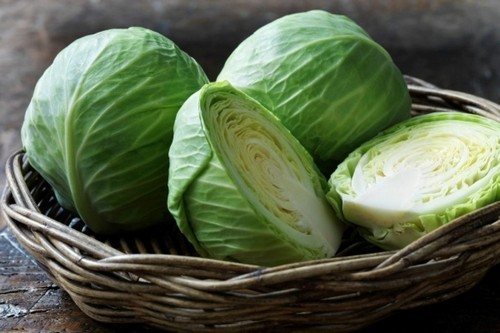

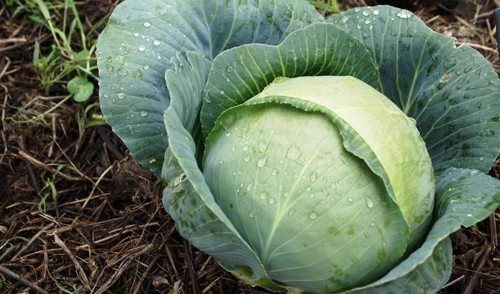
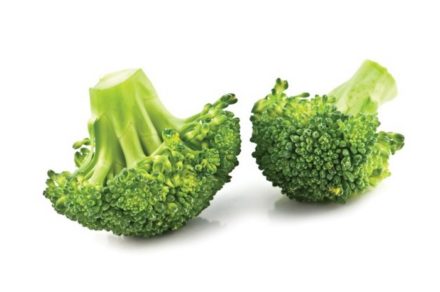
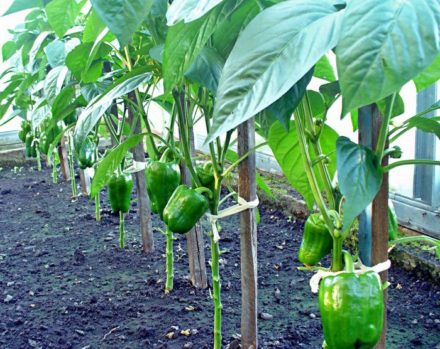
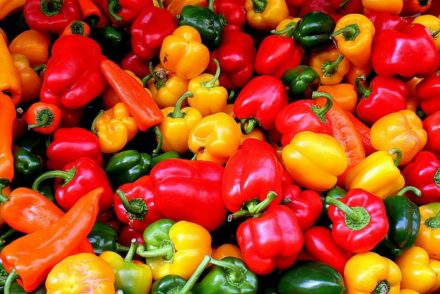

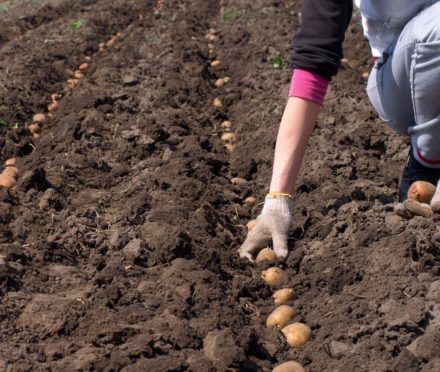
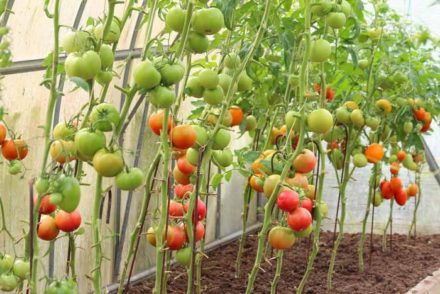
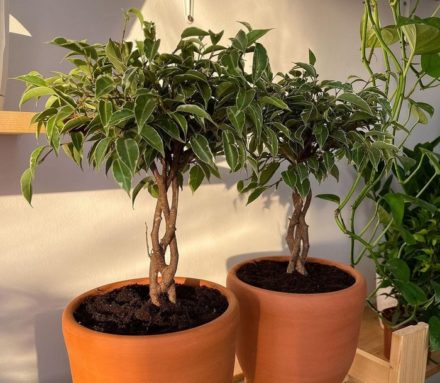
7 varieties of cabbage for seedlings, best suited for pickling for the winter